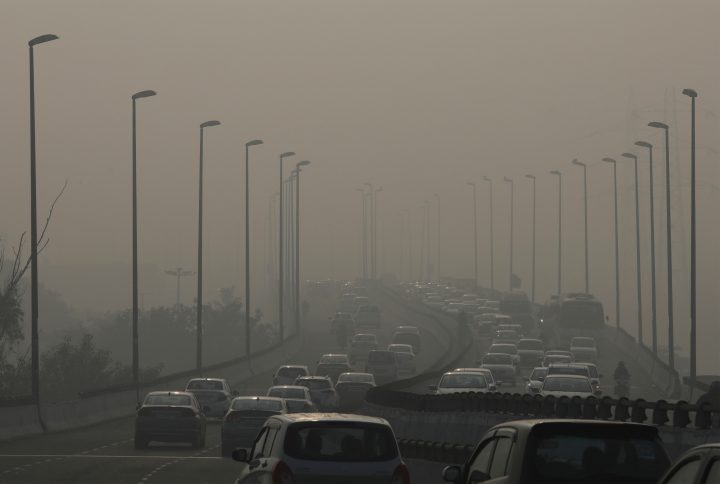NEW DELHI — Indian authorities on Friday announced a plan to restrict the movement of private cars in the capital for nearly two weeks after a major Hindu festival that features fireworks that cloak the area with toxic smog and dust.

Private cars running on petrol and diesel will be allowed in New Delhi only on alternate days from Nov. 4 to 15 depending on whether they have even or odd numbered plates, said New Delhi state chief minister Arvind Kejriwal.
He told reporters that similar restrictions in 2016 reduced air pollution up to 13 per cent.
Kejriwal also announced plans to sweeping roads mechanically, plant trees and control pollution at 12 hotspots in the city. The state government will sell government-certified N-95 masks that filter out at least 95 per cent of dust in the air.
Kejriwal appealed to people not to light firecrackers during the Diwali festival on Oct. 27 to prevent smoke from accumulating in air.
World Health Organization data released last year gave India the dubious distinction of having the world’s 10 most polluted cities.
WATCH: Smog filled air in New Delhi declared ‘unfit for human habitation’

Air pollution generally peaks from Nov. 1 with toxic smoke from the burning of agricultural fields in the neighbouring northern states of Haryana and Punjab blow in because of a change in wind direction.
Last year, the New Delhi government ordered firefighters to sprinkle water from high-rise buildings to settle dust, stopped garbage fires and ordered builders to cover construction sites to stop dust enveloping the area as hazardous air quality affected millions of people.
Air quality index of Delhi is generally moderate between January and September. It deteriorates to very poor and severe between October and December, according to the government-run Indian Institute of Tropical Meteorology.



Comments